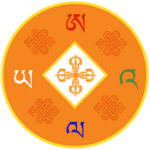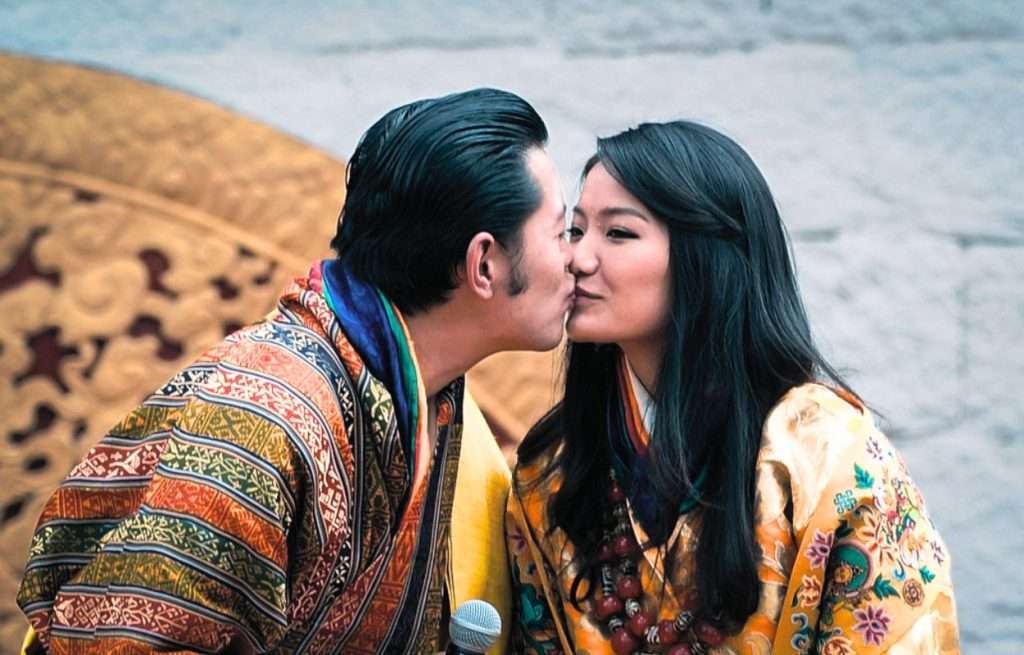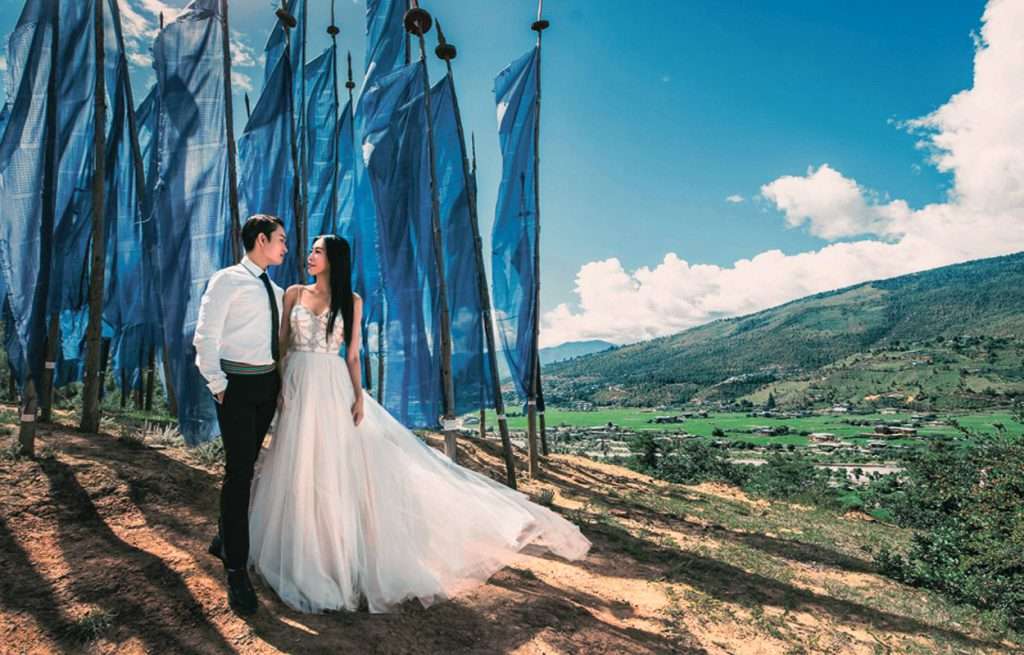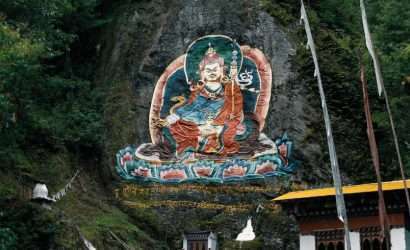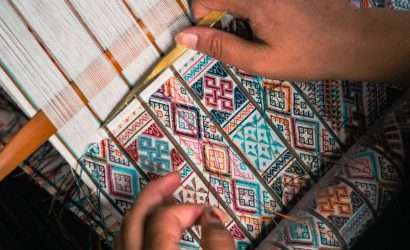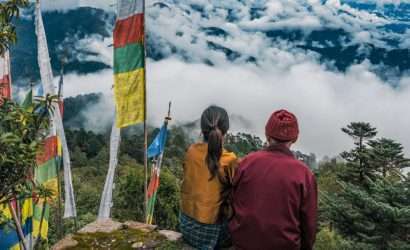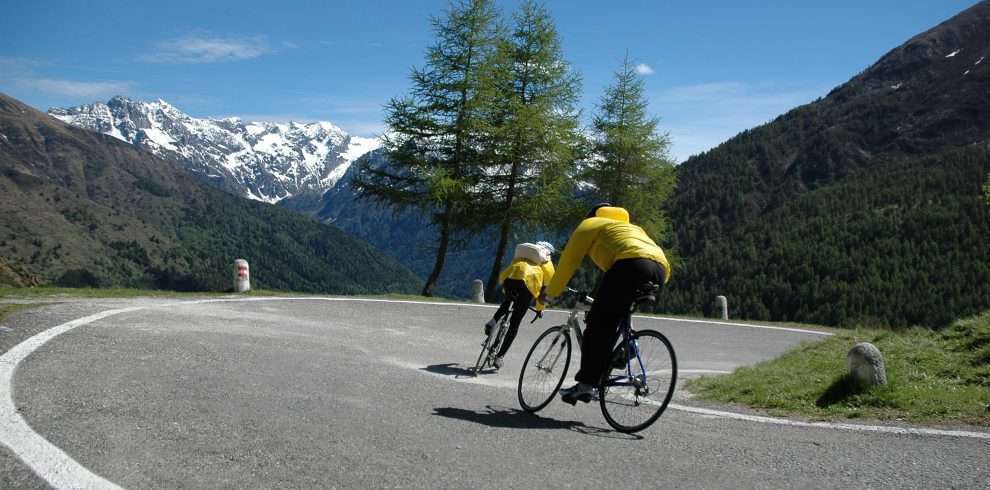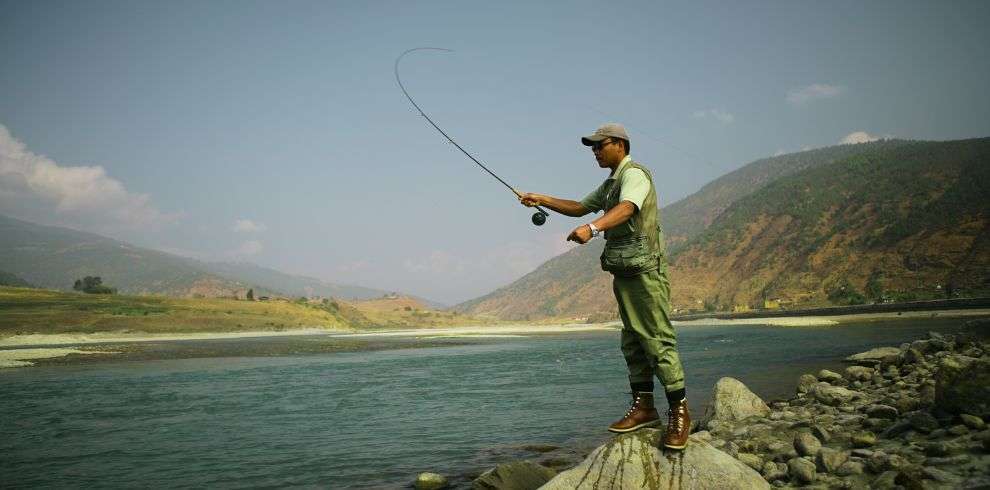The Traditional Bhutanese Wedding tour provides an opportunity to experience a local wedding ceremony featuring a number of religious rites performed by Buddhist monks and lamas representing the importance of the bond between a husband and wife. Traditional wedding and vow renewal blessing ceremonies can be easily customised to include western elements such as ring exchange, or more elaborate local features such as masked dances, archery, offering of butterlamps and special fertility blessings. This tour also explores the highlights of Bhutan’s culturally rich western valleys of Paro, Punakha and Thimphu visiting ancient fortresses, temples, monasteries, farm houses and meeting with the hospitable locals.
Overview
The Bhutan honeymoon tour will let you experience real Bhutanese lifestyle and culture. We will arrange the Bhutanese traditional way of marriage and let you experience romantic stay in the Bhutanese way. You can also visit many beautiful places for photography and do short hikes through pristine nature to enhance your trip pleasure.
Traditional wedding and vow renewal blessing ceremonies can be easily customised to include western elements such as ring exchange, or more elaborate local features such as masked dances, archery, offering of butterlamps and special fertility blessings. This tour also explores the highlights of Bhutan’s culturally rich western valleys of Paro, Punakha and Thimphu visiting ancient fortresses, temples, monasteries, farm houses and meeting with the hospitable locals.
Trip Highlights
- Taste authentic Bhutanese Cuisines & Watch Bhutanese Traditional cultural show
- Wear Bhutanese National Traditional Dress ”Being a new different person”
- Leisure Hikes, a chance for your heart to talk with the Nature
- Visit Bhutanese local farm stay , try farm stay cuisines or picnic in the Nature
- Play National Sports: Archery and Darts (Khuru)
- Experience traditional Bhutanese Herbal Hot Stone Bath
- Bhutanese traditional wedding ceremony in one of the ancient temple
- One day local professional photographer service for wedding
